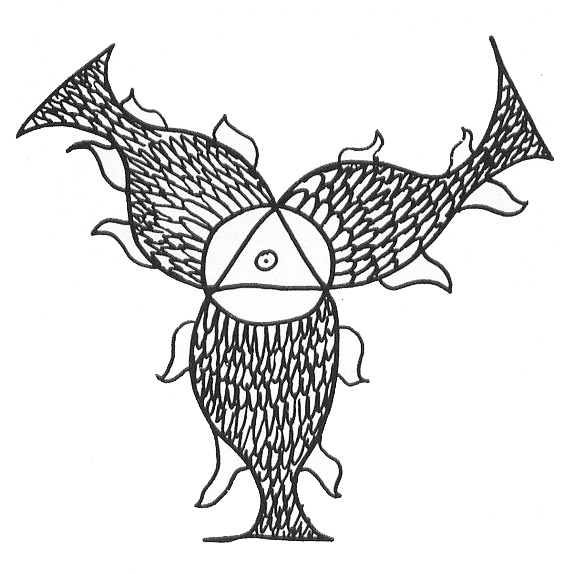Earth's Tilt & the Four Cardinal Points of the Year
The following Youtube video demonstrates how the Earth's axial tilt of approximately 23.5 degrees and its 360 degree orbit around the Sun create four equinoctial and solsticial points and four seasons.
The four equinoctial and solstitial points seen in the video are equivalent to the four cardinal points of the Tropical Year:
It is an odd coincidence that the Sidereal or Constellational Zodiac currently lags behind the Tropical by 23 degrees/days. The Sidereal Zodiac slips backwards at a rate of 1 degree per 72 years (360 degrees in 25,920 years) from the Tropical Zodiac. Indian astrologers have adopted the Sidereal Zodiac/Year which throws their measurements further and further out of alignment with the Earth's equinoxes and solstices. According to the Sidereal Zodiac, the Sun would enter the sign of Cancer on July 14th, 23 days after the June Solstice -- 23 days after the Sun shines directly overhead at the Tropic of Cancer.
For more on this misalignment, its consequences and its rectification see:
Movement for the Restoration of Vedic Wisdom (a Yahoo Group)
'A Calendar that Unifies' by Patrizia Norelli-Bachelet
'The Zero, the Veda and the Divine Measure of the Year' by Patrizia Norelli-Bachelet
0 degrees Aries = Spring Equinox (21/21 March)On the June solstice, when the Sun 'enters' the sign of Cancer, the noon Sun appears directly overhead at the Tropic of Cancer. On the December solstice, when the Sun 'enters' the sign Capricorn, the noon Sun appears directly overhead at the Tropic of Capricorn. The Tropic of Cancer (approximately 23.5 degrees north) is the farthest northern latitude wherein the Sun can appear directly overhead at noon, and the Tropic of Capricorn (approximately 23.5 degrees south) is the farthest southern latitude wherein the Sun can appear directly overhead at noon.
0 degrees Cancer = Summer Solstice (21/22 June)
0 degrees Libra = Fall Equinox (22/23 Sept)
0 degrees Capricorn = Winter Solstice (21/22 December)
It is an odd coincidence that the Sidereal or Constellational Zodiac currently lags behind the Tropical by 23 degrees/days. The Sidereal Zodiac slips backwards at a rate of 1 degree per 72 years (360 degrees in 25,920 years) from the Tropical Zodiac. Indian astrologers have adopted the Sidereal Zodiac/Year which throws their measurements further and further out of alignment with the Earth's equinoxes and solstices. According to the Sidereal Zodiac, the Sun would enter the sign of Cancer on July 14th, 23 days after the June Solstice -- 23 days after the Sun shines directly overhead at the Tropic of Cancer.
For more on this misalignment, its consequences and its rectification see:
Movement for the Restoration of Vedic Wisdom (a Yahoo Group)
'A Calendar that Unifies' by Patrizia Norelli-Bachelet
'The Zero, the Veda and the Divine Measure of the Year' by Patrizia Norelli-Bachelet
S U B S C R I B E ( v i a R S S ) and / or
S H A R E IT using A N Y of the I C O N S below


hi
ReplyDeletethanks for giving great information. keep posting.
best thrilling rides in india